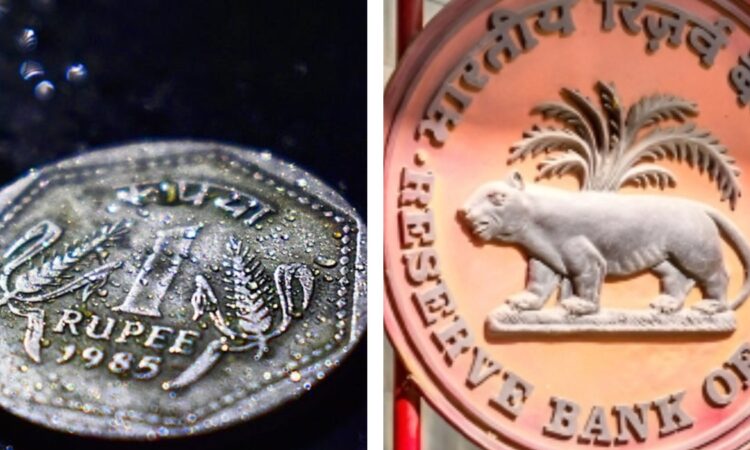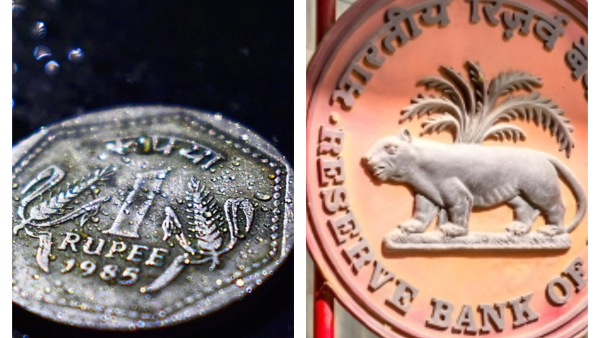Ahead of RBI Repo Rate Decision, Know What Monetary Policy Measures Mean For Indian Rupee MPC

The Indian Rupee has emerged as the worst performer among its Asian peers despite its stable valuation against US Dollar. The currency may see some fluctuations on Wednesday if the Reserve Bank of India’s Monetary Policy Committee (MPC) may sprung a surprise on its repo rate decision. The RBI MPC is scheduled to conclude on Wednesday with RBI Governor Sanjay Malhotra to announce monetary policy decision.
The RBI is expected to keep the repo rate unchanged this time at 5.5%, according to a GoodReturns polls. Other than RBI repo rate, a decision to change other monetary policy tools like cash reserve ratio, standard deposit facility, etc will also be closely monitored. With less than twenty four hours left for the RBI MPC repo rate decision, let’s understand how the monetary policy would impact the Indian Rupee.

Indian Rupee has remained stable over the past few months against US Dollar. Despite its stability, the Indian currency has lost against major Asian currencies like Japan’s Yen since the beginning of the year 2025. Apart from Asian currencies, the Pound and the Euro have also gained significantly.
How RBI Monetary Policy Stance Impacts Indian Rupee?
A potential RBI repo rate cut may lead to further decline of repo rate cut, which will reduce the borrowing cost for banks. It will also boost liquidity in the economy. Lower interest rates also make debt assets and government securities bonds less attractive to foreign investors. Which means that the demand for Indian Rupee declines in the international market reducing its depreciation.
“Higher interest rates may strengthen the Indian Rupee, impacting trade balances by making imports cheaper but potentially reducing export competitiveness,” stated Amal, Assistant Professor of Commerce, S G R C M Govt. Commerce and Management College, Ballari, in a research paper titled, “THE IMPACT OF RBI’S REPO RATE CHANGES ON THE ECONOMY”. In simpler terms higher repo rates and CRR lead to appreciation of Indian currency.
FPI Flow And RBI Repo Rate
Trend of the Foreign Portfolio Investors (FPI) net inflow also has a direct impact on the Indian Rupee’s demand and its valuation. Further repo rate cuts could impact the FPI flows in coming months, according to Emkay Global Research.
“Some argue that further rate cuts could weigh on FPI debt flows, given narrowing interest rate differentials with the US and reduced risk premia. However, India’s exposure to FPI debt remains limited (~3.0%), and FPI flows are typically driven more by equities,” noted the brokerage adding that the RBI policy decision impact has been limited on Indian Rupee so far.
“Despite facing a disproportionate tariff shock, Indian asset classes-including the Rupee-have remained relatively stable, minimizing financial market volatility and, by extension, limiting disruptions to the RBI’s policy response,” it added.
Disclaimer: The write-up is just for information purposes, and is not a recommendation to buy, sell or hold. We have not done fundamental or technical analysis and have no opinion on article mentioned. Neither, the author nor Greynium Information Technologies should be held liable for any losses. Please consult a professional advisor.




